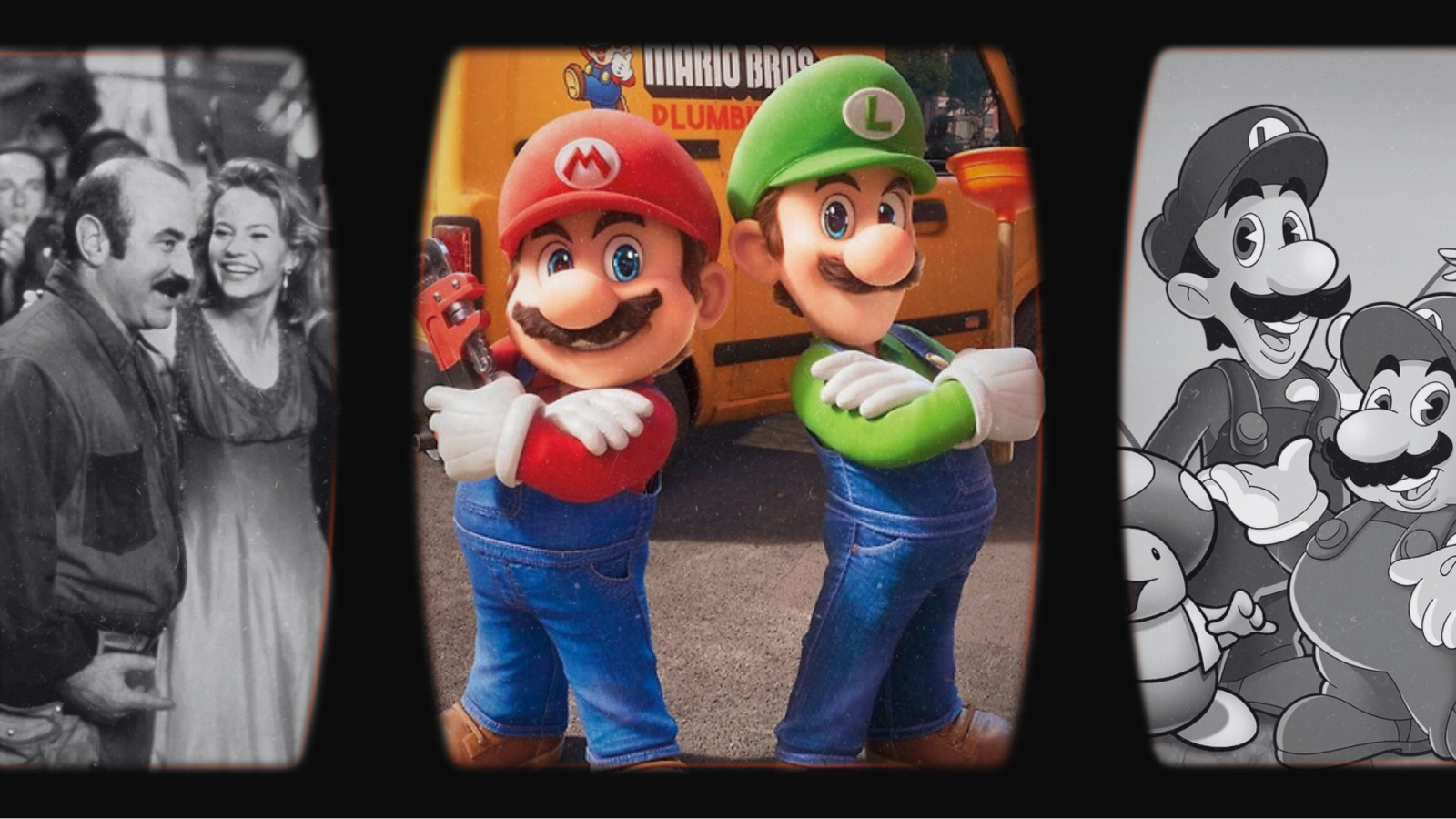From niche to mainstream: How video games adaptations are taking over movies and television

Photo: Buena Vista Pictures / Ilumination / Amazon Prime

Today’s most successful movies and television shows are video game adaptations. For those who remember the media landscape of the 1980s and 1990s, this represents a marked shift in the entertainment industry. The success of video game adaptations was limited to Saturday morning cartoons featuring iconic characters like Mario and Sonic the Hedgehog; shows that had niche audiences but little critical acclaim or lasting impact.
From bust to blockbuster
Most attempts at adapting video games were defined either by commercial failure, critical panning, or both. This trend lasted well into the mid-2010s with movie adaptations of the Resident Evil and Silent Hill series doing poorly with critics and consumers.
More recently, video game adaptations have received a more positive reception among critics and consumers, as evidenced by the runaway success of media like The Super Mario Bros. Movie (2023) and Fallout series (2024).
Considering the rocky history – and sometimes present – of video game adaptations, it’s important to examine what has changed about consumers and what companies hoping to enter this space should keep in mind.
The road so far
At the core of the recent success in video game adaptations is a cultural shift: video games are simply no longer considered a niche interest. Today, a significant portion of the global population plays games in some form. This is especially true of younger, digitally native generations. As a result, adaptations are no longer burdened by the stigma of being "just" a video game movie.
However, equally important is the rise of other previously niche genres and formats in visual media which have also gained mainstream acceptance. These developments have paved the way for more sophisticated and respectful adaptations of video games, while simultaneously helping to cultivate audiences who will be more receptive to them.
Animation nation
Two significant examples are anime and adult animation, both mediums that have risen alongside video games in cultural relevance over the past two decades. While the 1980s and 1990s saw many games adapted into children's cartoons in the West, today’s audiences include those same viewers – now adults – who are more open to stylistically diverse and narratively complex animated content.
This receptivity to alternative mediums means that adaptations that would have once struggled because of being live action, are able to flourish by nature of being animated.
Featured Report
India market focus A fandom and AI-forward online population
Online Indian consumers are expected to be early movers. They are high entertainment consumers, AI enthusiasts, and high spenders – especially on fandom. This report explores a population that is an early adopter, format-agnostic, mobile-first audience, with huge growth potential.
Find out more…The difference in success between the live action 1993 Super Mario Bros movie and the 2023 animated Super Mario Bros. Movie provides another example. While the former was both critically panned and a box office flop, the latter went on to become the highest grossing video game adaptation.
This is not limited to movies. Take Cyberpunk 2077 and its anime counterpart Cyberpunk: Edgerunners. Produced by Studio Trigger in collaboration with CD Projekt Red, Edgerunners debuted on Netflix two years after the game’s release. It was praised both for its storytelling, which enriched and expanded the game’s narrative, and its high-quality animation. This allowed both newcomers, some who just enjoy anime generally or Studio Trigger’s work specifically, and long-time fans to enjoy the series for different reasons and on multiple levels.
Prestige TV
Beyond animation, the rise of prestige television has also created new opportunities for video game adaptations. Many games have stories that are simply too long to fit into a two-hour movie without sacrificing depth. This is especially true as games have become more narratively complex over the past two decades. A series format allows for a more faithful and immersive adaptation, one that can introduce new audiences to the world while satisfying longtime fans’ desire to see some of their favourite elements adapted.
This is one of the reasons The Last of Us was so successful. A limited series allowed the creators to fully explore the game's themes, characters, and emotional depth without compressing the story into a rushed format. It also enabled the inclusion of new material that complemented the original game, enhancing rather than undermining the fan experience. In the case of The Last of Us, this addition of new content also became some of the series best episodes. This openness to develop more than an attempt at a direct adaptation also creates interesting opportunities for synergies and virtuous cycles in media.
The appeal of these projects is clear: adapting an existing video game can establish a built-in audience for a new show or film. When done well, they not only generate their own revenue but also drive interest and sales back to the original property. After the first season of The Last of Us aired, sales of the original game rose by 238% in the UK (per IGN).
The universe is expanding
Transmedia storytelling presents another compelling strategy. Rather than directly adapting the exact events of a game, screenwriters can craft complementary stories set within the same universe. This approach preserves the integrity of the original narrative, especially important to fans who hold those stories dear, while expanding the world in meaningful ways.
By focusing on expanding, rather than replicating, a game’s story, adaptations can achieve a balance between innovation and fidelity. This not only lowers the risk of alienating loyal fans but also invites new audiences into the fold. Cyberpunk provides another good example of this. After the release of Edgerunners in 2022, whose story takes place prior to the events of the game, additional content was added to the game that referenced the series.
This form of content arguably has the greatest potential to drive value for publishers and fans alike. Providing additional reasons why someone who enjoys the game might want to watch the show or why someone who enjoyed the show might want to pick up the game after.
What next?
As video game adaptations continue to find commercial and critical success, it is easy to get swept up into believing that any video game adaptation will have an increased likelihood of success. However, companies looking to enter this space should utilise all the new tools available in the current media landscape to give their adaptations the best chance at success.
This means thinking beyond the traditional orthodoxies that valued live action, theatre going experience and direct adaptations and thinking critically about what works best for the IP. This can mean leveraging newly popular genres and formats or creating parallel experiences within well-established worlds. The sky’s the limit.

The discussion around this post has not yet got started, be the first to add an opinion.